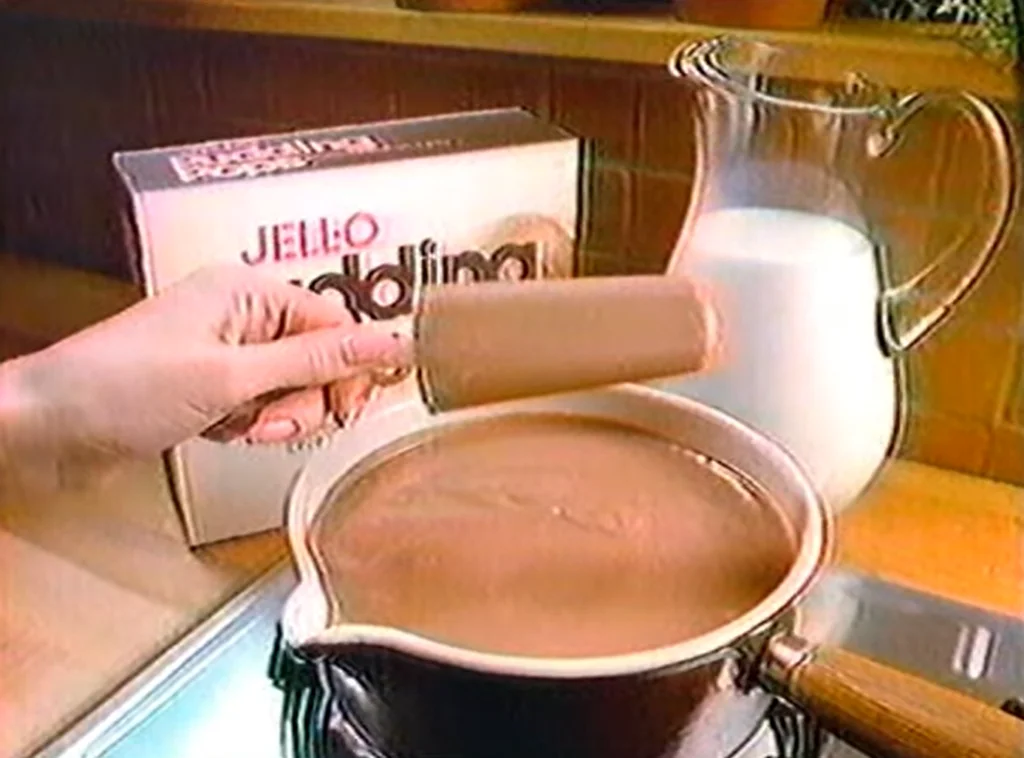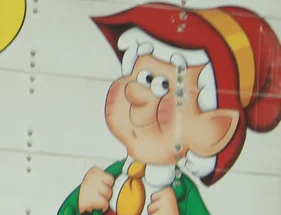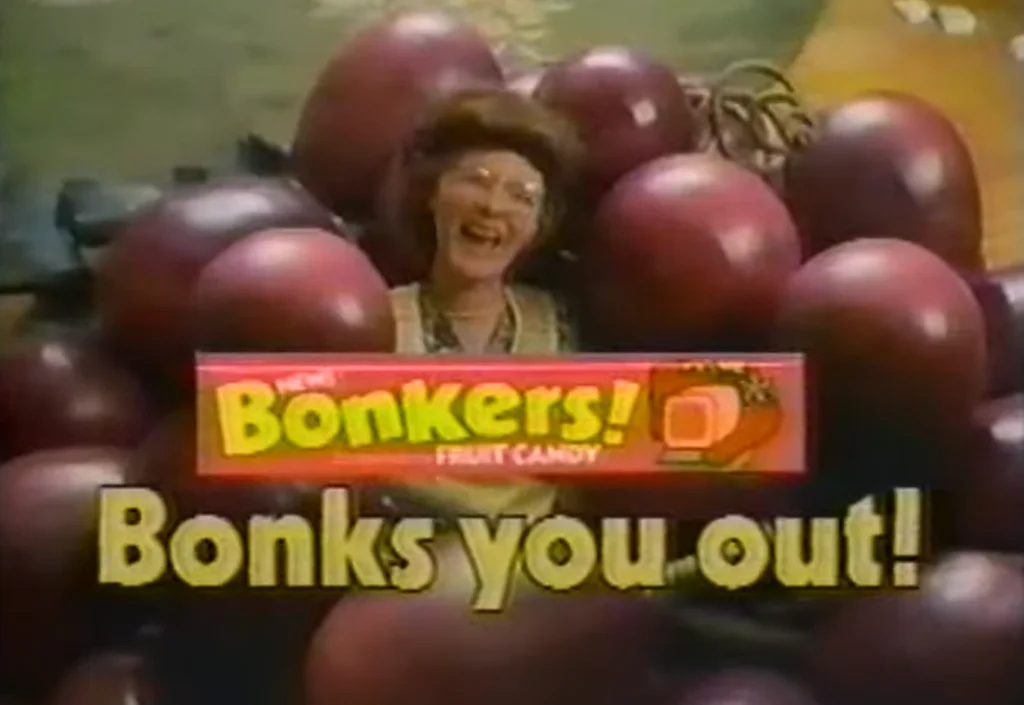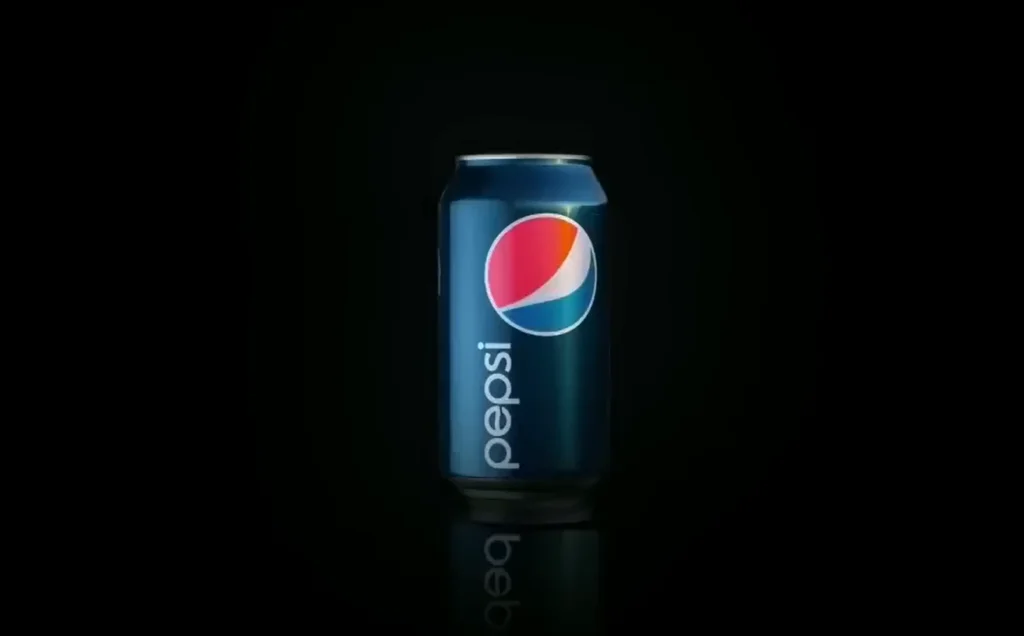Remember walking the aisles of your local supermarket in the 1980s, neon windbreaker rustling as you browsed shelves packed with food innovations that promised convenience, excitement, and flavors unlike anything before? The 1980s was truly the wild west of processed foods, with companies competing to create the most novel, colorful, and often sugar-laden products imaginable. While some 80s food icons have survived into the present day, many others vanished so completely that you might question whether they actually existed or were just fever dreams from your Aqua Net-scented youth. Let’s take a nostalgic journey through 12 everyday foods from the 1980s that somehow disappeared from our lives, leaving only memories and empty spaces in our shopping carts.
1. Pudding Pops

Bill Cosby’s enthusiastic endorsement helped make these frozen pudding treats one of the decade’s most beloved snacks, offering the rich flavor of pudding in a convenient popsicle form. Jell-O Pudding Pops came in chocolate, vanilla, and swirl varieties, with a unique texture that was creamier than ice cream yet firmer than pudding. General Foods’ freezer aisle champion reached $100 million in sales by the mid-80s, becoming a staple in American freezers everywhere. Sadly, according to Sporked, a lack of interest saw these treated melt before our eyes, never to return with the same fervor again.
Despite their massive popularity, Pudding Pops began disappearing from stores in the early 1990s as sales declined, with Kraft (which acquired General Foods) eventually discontinuing the original product entirely. A brief revival attempt under license by Popsicle in the early 2000s failed to capture the magic of the original’s texture and taste, leading to their second discontinuation. Today, 80s kids still reminisce about the distinctive cold, creamy texture that no other frozen treat has managed to replicate, making Pudding Pops the holy grail of discontinued desserts.
2. Slice Soda

PepsiCo revolutionized the fruit soda market in 1984 with Slice, the first major soft drink to advertise containing real fruit juice (a whopping 10%). The innovative drink came in numerous flavors beyond the original orange, including apple, cherry, strawberry, fruit punch, and the particularly popular mandarin orange. With its distinctive clear plastic bottles featuring fruit-shaped indentations and bright colors, Slice stood out in the beverage aisle during an era when consumers were beginning to show interest in “healthier” food options. History Oasis traces the rise, fall, and surprising comeback of this once beloved drink.
Slice fell victim to PepsiCo’s ever-changing beverage strategy, eventually being displaced by newer offerings like Sierra Mist and Tropicana Twister Soda. After a series of reformulations that reduced its fruit juice content and distinctiveness, Slice was discontinued by PepsiCo in the early 2000s, with the trademark later sold to a smaller company that reimagined it as a low-calorie drink bearing little resemblance to the original. The original Slice represented that quintessential 80s approach to health consciousness—adding a splash of fruit juice to an otherwise sugar-laden product and marketing it as practically a health food.
3. Jell-O Pudding Pals

These shelf-stable pudding cups featured tiny character-shaped cookies that rode on top of each container, with themes ranging from dinosaurs to circus animals. The gimmick was simple but effective: peel back the foil top to reveal not just pudding but also a tiny cookie friend waiting to be eaten or played with before dessert. Kraft positioned Pudding Pals as a direct competitor to Dannon’s pudding cups but with added play value that made them the coveted lunchbox item for elementary schoolers. Mashed takes a bite out of telling the full story of pudding pops that puts a new flavor on an old classic.
The combination of declining sales and the general move away from novelty pudding products in the 1990s led to Pudding Pals’ quiet disappearance from dairy cases nationwide. The concept of edible toys accompanying pudding eventually fell victim to changing parental attitudes about heavily processed foods and choking hazards in children’s snacks. Modern attempts at interactive foods tend to separate the toy element entirely, showing how much food safety concerns and nutritional awareness have changed since the anything-goes 80s snack landscape.
4. Keebler Magic Middles

These revolutionary cookies featured a smooth, flowing center of chocolate or peanut butter sealed inside a shortbread cookie shell, creating a texture combination unlike anything else on store shelves. Using an innovative baking process that kept the filling soft while the exterior baked firm, Magic Middles delivered on their name with what seemed like cookie sorcery. Keebler’s elfin marketing magic worked wonders as they became one of the decade’s most memorable packaged cookies, offering an elegant alternative to sandwich cookies where filling always risked squishing out the sides.
Despite passionate consumer devotion, Magic Middles disappeared in the early 1990s, likely victims of their relatively complex and expensive manufacturing process. Periodic online petitions for their return have circulated for years, showing the deep nostalgia for these filled cookies that modern offerings like Pillsbury Filled Delights have never quite matched. The unique textural contrast and technical achievement of Magic Middles—keeping a soft, flowing center inside a baked good without leakage or hardening—remains something of a lost food technology that companies have largely abandoned in favor of simpler production methods.
5. PB Max

Mars unleashed this peanut butter lover’s dream in 1989, featuring a crisp whole grain cookie topped with creamy peanut butter and oats, all enrobed in milk chocolate. Unlike most candy bars of the era that used peanut butter sparingly, PB Max centered the ingredient proudly, containing more actual peanut butter than any competing confection on the market. The substantial square-shaped candy quickly developed a devoted following, generating over $50 million in sales during its brief lifespan and becoming one of the most successful candy launches of the late 1980s.
Despite its impressive sales performance, PB Max disappeared by 1994, with industry rumors suggesting its discontinuation came from a bizarre personal reason: Mars family members reportedly disliked peanut butter and couldn’t stomach the idea of continuing to promote it. The product’s discontinuation remains one of the most puzzling in candy history since it was terminated despite strong sales, not because of them. PB Max enthusiasts continue to rank it among the greatest discontinued candies of all time, its combination of textures and generous peanut butter portion still unmatched by anything in today’s candy landscape.
6. Hershey’s Bar None

This sophisticated candy bar featured a chocolate wafer, chocolate cream, crushed peanuts, and milk chocolate coating, positioning itself as a more adult-oriented confection when introduced in 1987. Hershey’s unique square package design and darker color scheme signaled that Bar None was meant to appeal to more mature palates seeking complex texture and less overwhelming sweetness. The original advertising slogan—”The chocolate bar so good, it doesn’t need a name”—demonstrated unusual marketing restraint for the decade of excess.
In 1992, Hershey’s reformulated Bar None to include caramel and divided it into two fingers (similar to Twix), changing both its texture and identity in ways that alienated its original fan base. After this misstep, sales declined until Hershey’s discontinued domestic production entirely by 1997, though the bar continued to be sold in Mexico for years afterward. Bar None represents the difficulty of maintaining candy bar distinctiveness in a crowded market, where even major manufacturers like Hershey’s sometimes fail to understand what made their products special to consumers in the first place.
7. Gatorgum

Quenching both thirst and chewing cravings simultaneously, this Gatorade-branded gum promised to restore electrolytes while delivering long-lasting flavor in original Gatorade lemon-lime and fierce orange flavors. Each stick came individually wrapped in packaging featuring the iconic Gatorade lightning bolt, targeting active teens and athletes looking for convenient hydration solutions. The product cleverly extended the Gatorade brand into the impulse purchase zone of convenience store checkout counters, where regular Gatorade bottles couldn’t fit.
Despite its innovative premise, Gatorgum disappeared from shelves in 1989 after only a few years on the market, likely due to the fundamental contradiction of chewing gum while trying to rehydrate. The gum’s extremely tart flavor profile—designed to mimic Gatorade’s electrolyte-heavy taste—proved too intense for sustained chewing, with many consumers reporting it was difficult to tolerate for more than a few minutes. Gatorgum represents that uniquely 80s phenomenon of brands extending far beyond their core competencies, creating product combinations that made more sense in marketing meetings than in actual consumer use cases.
8. McDonald’s McPizza

In a bold attempt to compete with pizza chains, McDonald’s spent years developing and marketing individual-sized pizzas that were meant to revolutionize their dinner business. After extensive testing throughout the late 1980s, McPizza rolled out more widely in 1989, featuring a customized oven system that could bake a personal pizza in under six minutes. The product came in cheese, pepperoni, and deluxe varieties, served in a special cardboard sleeve designed to keep it hot while preventing burned fingers.
The extended cooking time (positively glacial by McDonald’s speed standards) created drive-thru bottlenecks, while the specialized equipment required expensive kitchen renovations that many franchisees resisted. By the mid-1990s, McPizza disappeared from most locations, though a few holdout restaurants reportedly served it until as recently as 2017. McPizza represents McDonald’s most ambitious attempt to expand beyond its core burger business, demonstrating how even the most calculated product development can fail when it conflicts with a brand’s fundamental promise of speed and consistency.
9. Hi-C Ecto Cooler

This Ghostbusters tie-in drink outlasted its promotional origins by decades, becoming one of the most beloved juice boxes of the 1980s and 1990s. The bright green citrus-flavored beverage featured Slimer from The Real Ghostbusters animated series prominently on every container, creating an immediately recognizable presence in lunch boxes nationwide. Hi-C’s masterstroke was creating a flavor so popular that it transcended its movie marketing origins, becoming a staple offering that many consumers didn’t even connect with Ghostbusters at all.
After a 15-year run, Slimer finally disappeared from the packaging in 2001, with the flavor renamed “Shoutin’ Orange Tangergreen” before vanishing entirely in 2007. Brief revivals coinciding with the 2016 Ghostbusters reboot and again in 2022-2023 only emphasized how much 80s kids missed the original’s distinctive sweet-tart citrus flavor and unnaturally vibrant green color. Ecto Cooler represents one of the few movie tie-in products that developed a life entirely its own, demonstrating how food nostalgia can be as much about color and packaging as actual taste.
10. Squeezit

These plastic bottle drinks with character faces required children to twist off the tops and squeeze colorful, sugary liquid directly into their mouths, combining play value with massive sugar content. The interactive nature of Squeezit—complete with character bottles featuring bulging eyes that changed expression when squeezed—made them lunchbox status symbols and after-school treats throughout the late 1980s and 1990s. General Mills introduced numerous variations over the years, including color-changing versions and mystery flavors that challenged kids to guess what they were drinking.
Despite their popularity, Squeezits disappeared from shelves in 2001, victims of changing attitudes about sugar content in children’s drinks and the rise of more convenient pouch beverages. The excessive packaging—requiring thick plastic for squeezability—would likely face environmental criticism in today’s more sustainability-conscious market. Squeezit embodied the 80s and 90s approach to children’s food marketing, where interaction, play value, and character development often overshadowed nutritional considerations entirely.
11. Bonkers Fruit Chews

These rectangular fruit chews advertised with manic commercials featuring people getting comically flattened by giant fruit promised an explosion of flavor that “bonked” your taste buds. The distinctive candy came in grape, orange, strawberry, watermelon, and chocolate flavors, each featuring a harder candy shell with a chewier fruit-flavored center. Nabisco positioned Bonkers as the hyperactive alternative to more sedate fruit chews like Starburst, with packaging and marketing that emphasized extreme flavor and wild experiences.
Despite a devoted following, Bonkers disappeared from candy aisles in the mid-1990s, leaving fans with vivid memories of both the candy and its frenetic commercials. After decades of absence and numerous online petitions, Leaf Brands acquired the rights and announced a relaunch in 2018, though distribution remained limited and the revived product reportedly differed from the original formula. The Bonkers phenomenon demonstrates how effective marketing can create such powerful memory associations that consumers spend decades seeking to recapture a simple candy experience from their youth.
12. Pepsi AM

This caffeine-boosted soda explicitly targeted the breakfast market, containing 28% more caffeine than regular Pepsi as a direct challenge to coffee’s morning dominance. Introduced in 1989, Pepsi AM’s marketing proudly suggested that cola could replace traditional morning beverages, representing the apex of soft drinks’ market expansion ambitions. The clear bottles and lighter color were designed to suggest a “lighter” morning-appropriate cola, though the nutritional content remained similar to standard Pepsi.
The product lasted barely a year before disappearing, as American consumers apparently weren’t ready to officially sanction soda as a breakfast beverage despite often consuming it in the morning anyway. Pepsi AM’s failure highlighted the interesting psychological barriers in food marketing, where consumers rejected a product designed explicitly for a usage that many were already practicing unofficially. In today’s energy drink landscape, Pepsi AM seems almost quaint in its caffeine content and marketing approach, showing how dramatically morning stimulant beverage norms have evolved since the 1980s.
The food landscape of the 1980s was defined by bold experimentation, cross-category innovation, and an almost complete disregard for nutritional concerns that seems astonishing by contemporary standards. These 12 vanished products represent just a fraction of the food innovations that appeared briefly before disappearing from our collective consciousness. Their disappearance often says as much about changing consumer attitudes as it does about the products themselves – what seemed perfectly reasonable in the carefree 80s marketplace frequently looks bizarre or even reckless through modern eyes. Yet the emotional connections formed with these foods remain powerful decades later, demonstrating how deeply our food experiences become intertwined with our memories and identities. Perhaps that’s why so many of us find ourselves periodically searching grocery shelves for products that haven’t existed for decades, hoping to taste the past just one more time.


